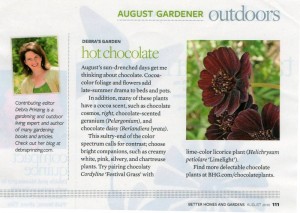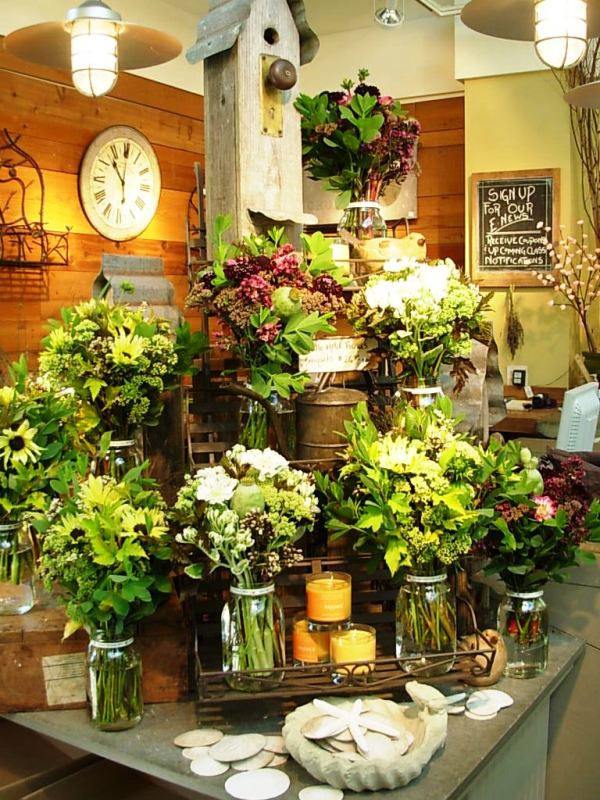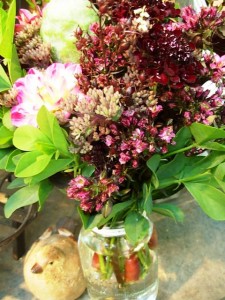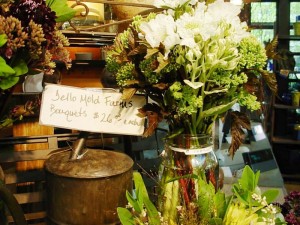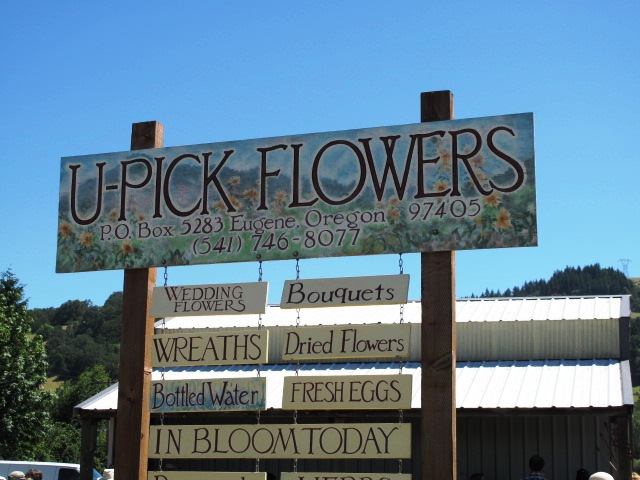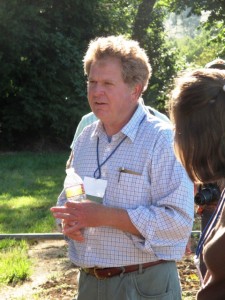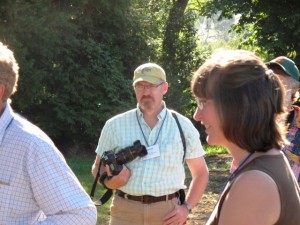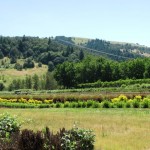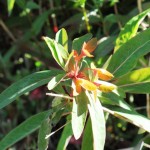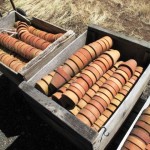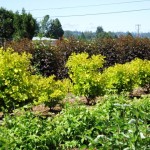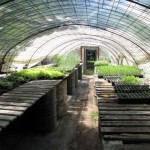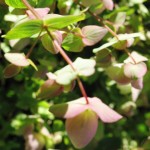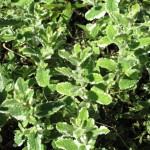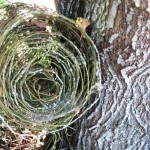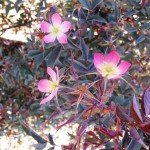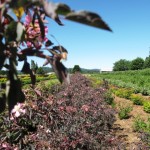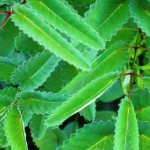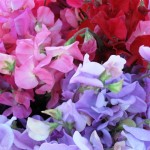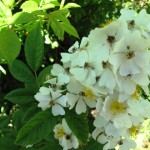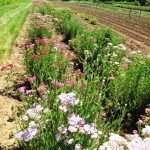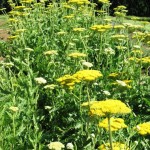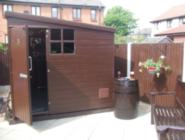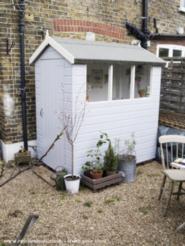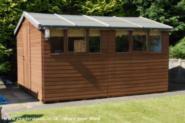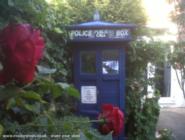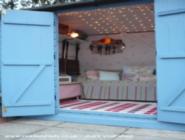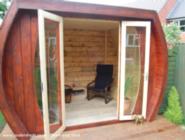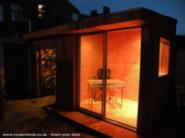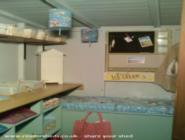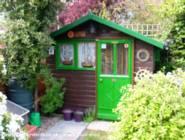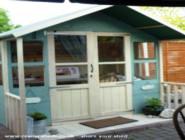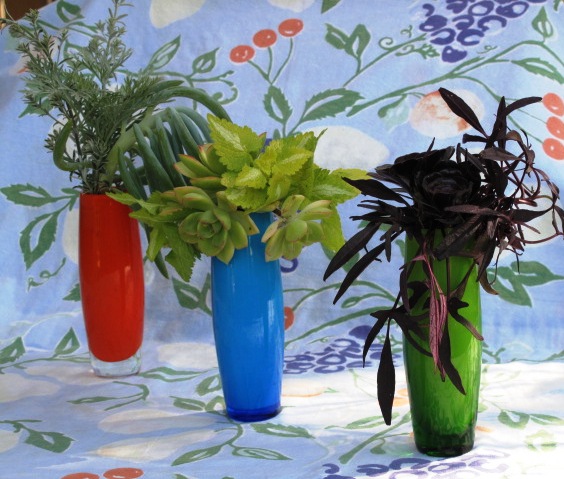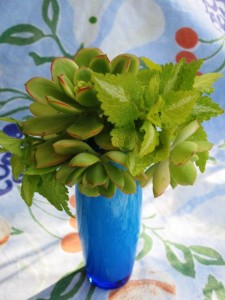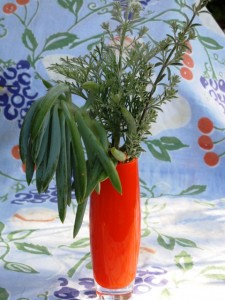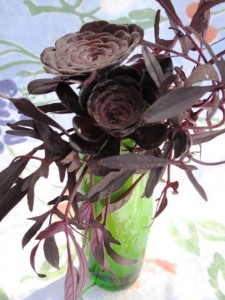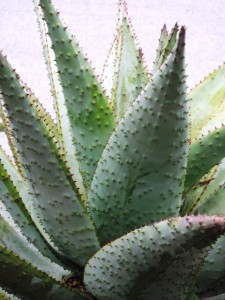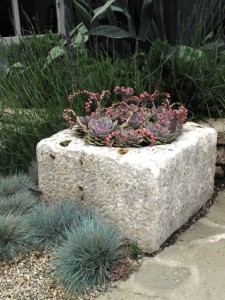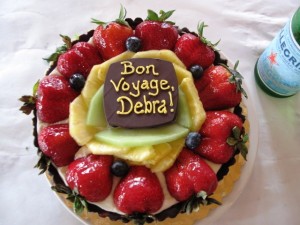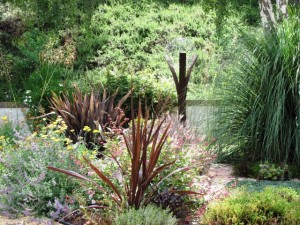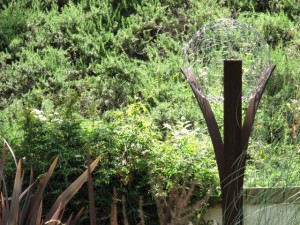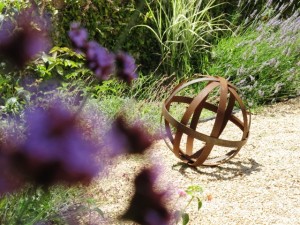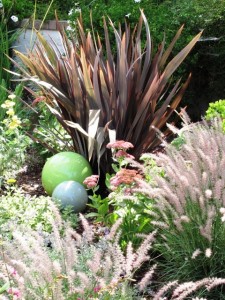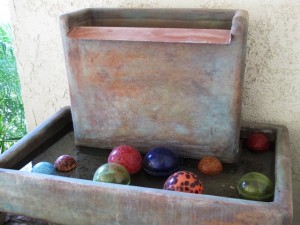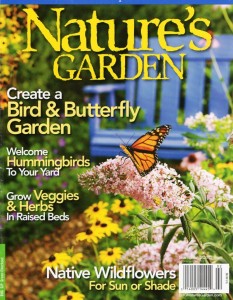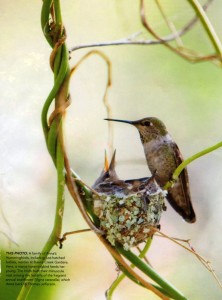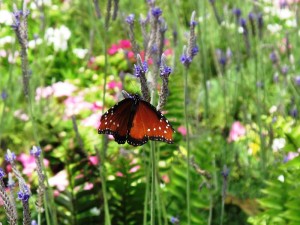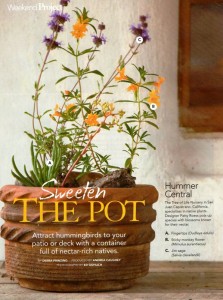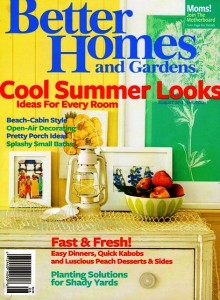 Chocolate flower and plant update:
Chocolate flower and plant update:
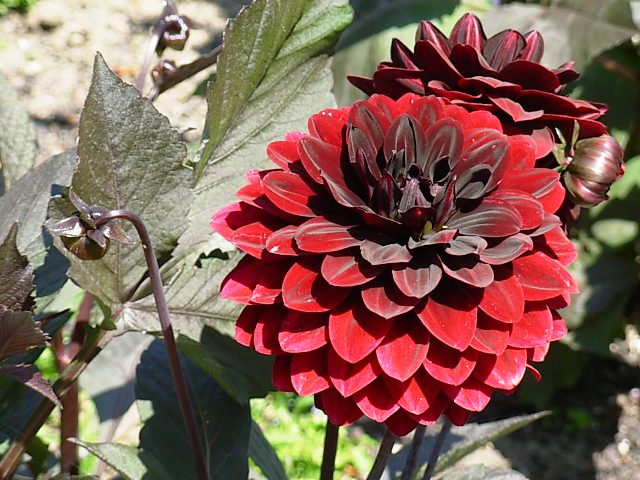
Dark chocolate brushes the tips of this multi-petaled dahlia called 'Karma Choc'
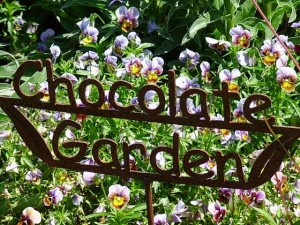 The flowers that Marie Lincoln and Bill Schlicht cultivate at their Whidbey Island nursery specialty nursery are good enough to eat. That’s because Chocolate Flower Farm’s mocha, bittersweet chocolate, cinnamon, cocoa and espresso-hued blooms and foliage plants are as satisfying to the senses as a Fran’s caramel-filled chocolate sprinkled with grey sea salt (well, almost).
The flowers that Marie Lincoln and Bill Schlicht cultivate at their Whidbey Island nursery specialty nursery are good enough to eat. That’s because Chocolate Flower Farm’s mocha, bittersweet chocolate, cinnamon, cocoa and espresso-hued blooms and foliage plants are as satisfying to the senses as a Fran’s caramel-filled chocolate sprinkled with grey sea salt (well, almost).
My friend Stacie Crooks, of Seattle-based Crooks Garden Design, was my escort to Whidbey last Tuesday. We’d only slightly recovered from our late night festivities in her superb, often-photographed drought-tolerant garden, where a gaggle of garden gals gathered (isn’t that alliterative?) for a lovely sunset soiree. I spent the night at Stacie’s and we set off the next morning for the ferry from Mukilteo to Clinton on Whidbey Island.
The ferry crossing was short – 20 minutes – but beautiful in its grey-blueness with sunlight pushing through the morning haze. I breathed Seattle’s maritime air and that made me happy.
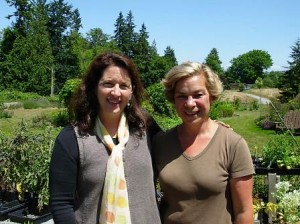
I had a lovely visit to Marie Lincoln of Chocolate Flower Farm on Whidbey Island outside Seattle
After visiting one of Stacie’s inspiring and impressive design projects, the subject of which I hope will soon appear in one or two of my articles, we drove to Chocolate Flower Farm to meet Marie. I first met this dark-plant purveyor by telephone when I called her last December to request an interview. I wanted to include her “sweet” plant passion in my February “In the Garden” column for 805 Living.
Like most of my writing efforts, there’s a back story on the piece, entitled “Brown is Beautiful: Sweet Tips for Growing a Chocolate Garden.” Last fall, my editor Lynne Andujar made an off-the-cuff comment to me: “Oh, our February issue is going to be the CHOCOLATE issue, but I’m not really sure if there’s a fit for the gardening column,” she said.
“You bet there’s an angle,” I replied. “We’re going to feature chocolate-scented and chocolate colored plants!”
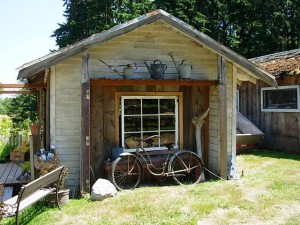
A little shed houses the nursery sales area
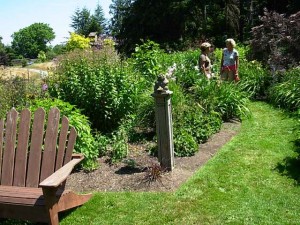
Marie Lincoln shows off her plants to garden designer Stacie Crooks
Marie and Bill started the Chocolate Flower Farm in 2005 to grow and promote dark-colored plants.
The display beds and nursery area have expanded around their 1923 farmhouse and outbuildings (sheds!) to the former horse pasture.
As the “hot chocolate” trend grew, the couple searched for even more plants on the dark end of the spectrum, selecting unusual sports to propagate and sell as exclusive named cultivars. Marie jokes that her nursery reflects “a collision of two passions,” as it introduces new and veteran gardeners to the beauty of chocolatey colors in the landscape (not to mention a few very special chocolate-scented plants that invoke memories of grandmother’s Nestle Toll House cookies coming out of the oven).
READ MORE…









